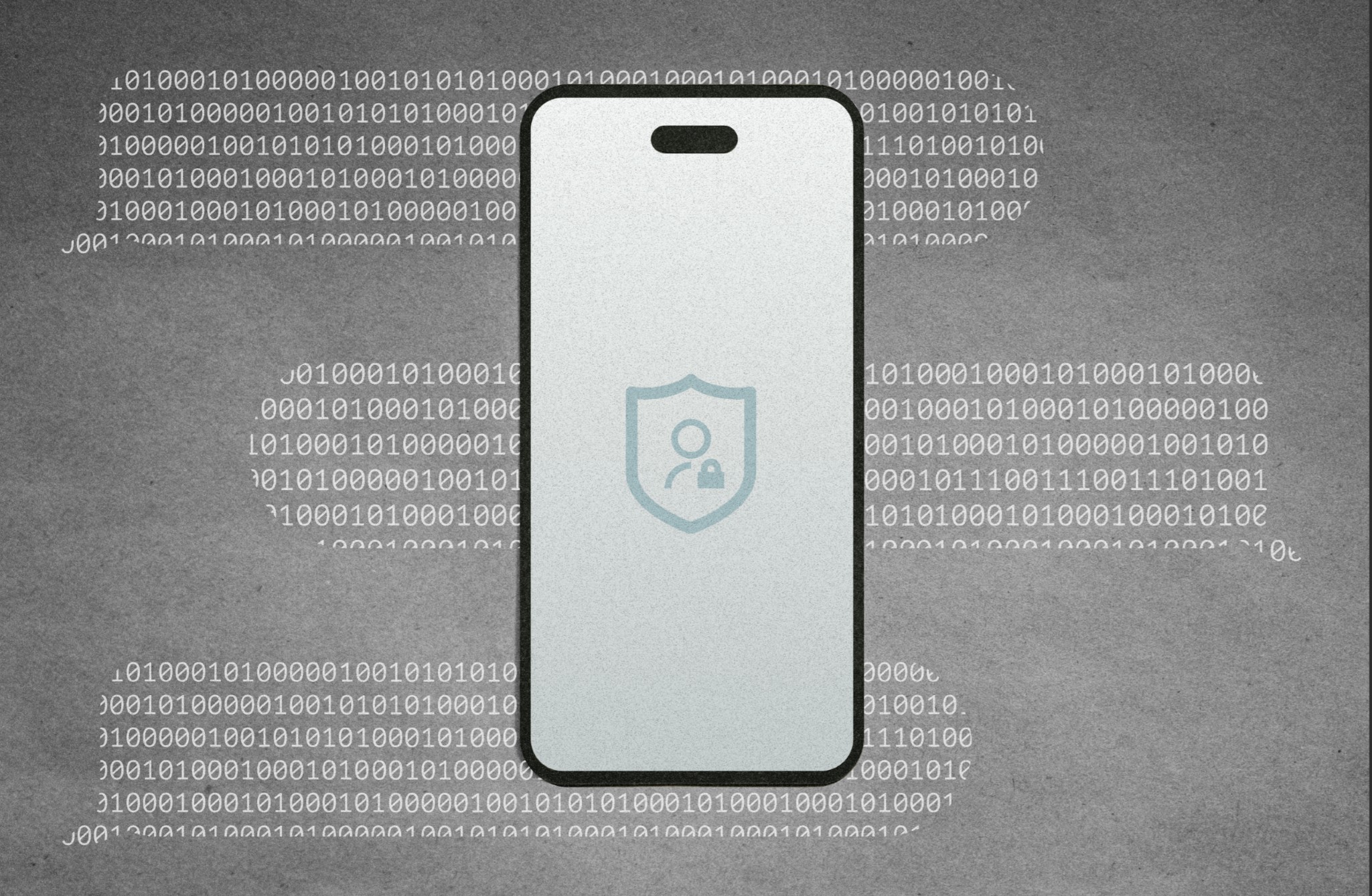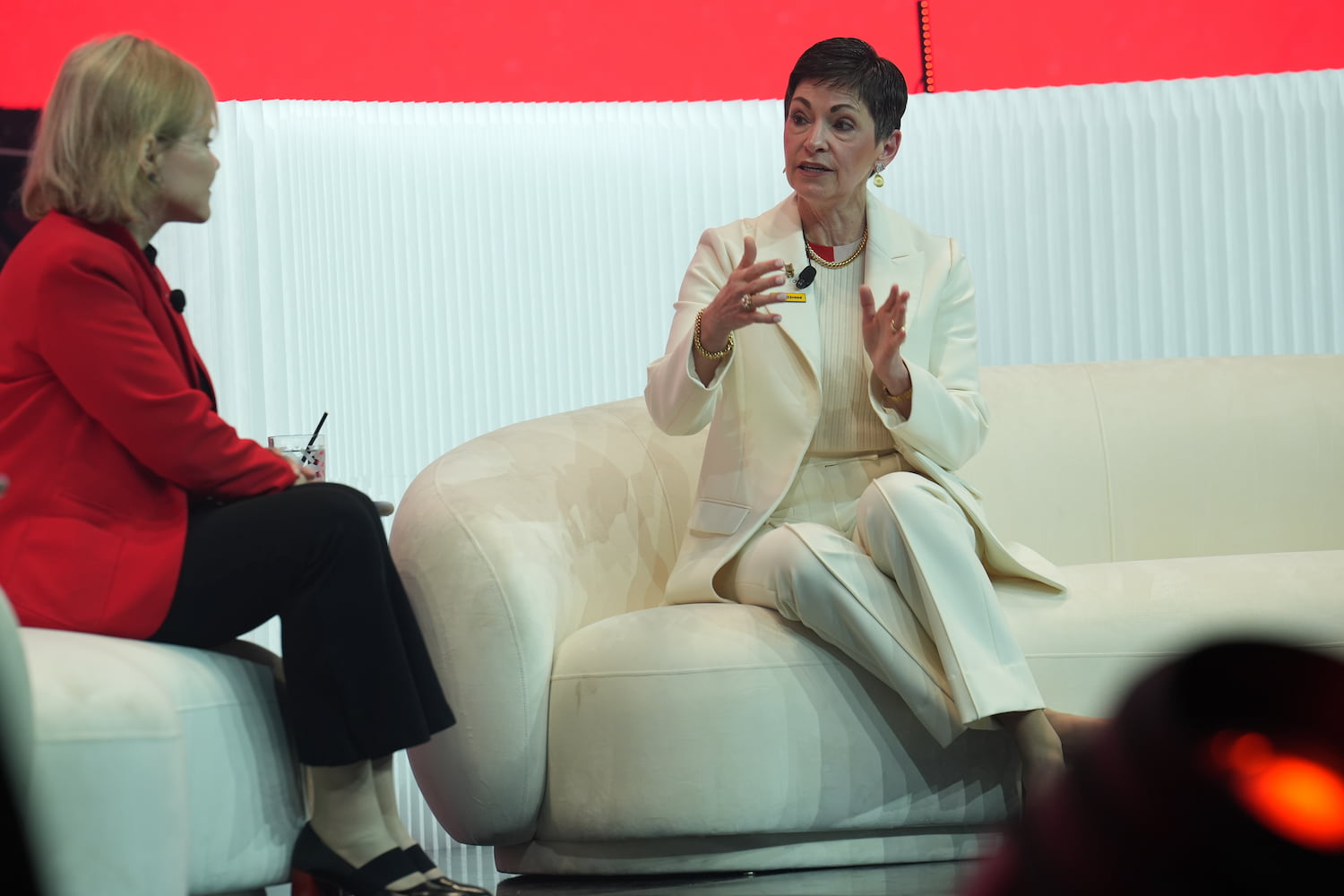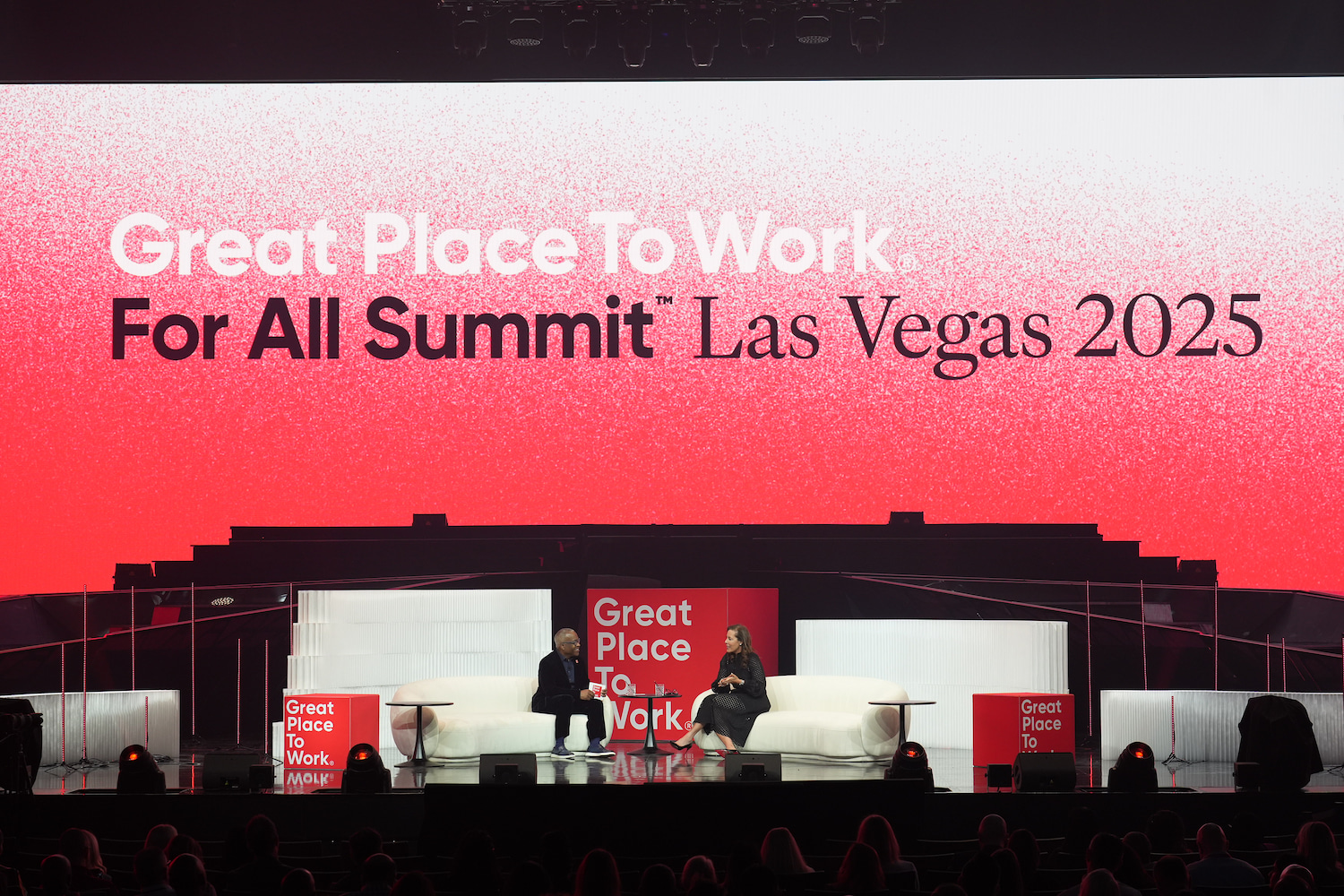Company Culture, Employee Well-being, Remote & Hybrid Culture
Loneliness is bad for your health – according to some research, it’s as damaging as smoking 15 cigarettes a day.
That’s hardly good news for the millions of employees now working (and living) at a distance due to COVID-19 — or for their employers.
Even if you’re taking steps to help your remote workers prevent burnout, adapt to telecommuting and balance work and family obligations, living and working under shelter-in-place orders for an extended period of time can make it difficult not to feel lonely.
Fortunately, there are practical things you can do to help your remote employees build strong social ties, feel more connected and stave off loneliness.
ERGs are built on cooperation and shared interest, and naturally bring people together. For members, they create a sense of group belonging that builds strong social bonds and helps employees feel more connected.
Why is social interaction and support important in the workplace?
Research shows that social support — family and friends you can count on, as well as other close relationships — can cushion us against a variety of worries, including workplace stress, that can compromise health.
At Great Place To Work®, we measure social support and connection by whether employees have sufficient social networks and teamwork in the workplace. That is, do people feel cared for and included?
In our 30+ years of studying employee experience, we’ve identified key aspects of workplace culture that influence how socially connected and supported employees feel and contribute to greater employee well-being and mental health:
- Work relationships are meaningful
- Management is approachable
- People cooperate
- Interactions between colleagues are caring
- People feel they “belong" to a group
- People believe they have each other’s backs
- There is a sense of fun
- Special events are celebrated
How do you develop these areas of your company culture?
Here are a few specific ideas that come from:
- Employee survey comments
- Practices of Best Workplaces™
- Advice from our Great Place To Work culture experts.
1. Encourage acts of kindness
In a recent study of people experiencing social isolation, researchers found that feelings of social isolation coincided with an increase in circulation of immature immune cells that travel to the brain and promote anxiety.
The same study showed that “asking lonely people to be kind to others has significantly reduced the offerer’s feelings of loneliness.” Other similar studies have shown that such acts also improve mental well-being.
The good news gets better. The same evidence tells us that online acts of kindness - such as donating to a crowdfunding campaign - are just as beneficial as face-to-face acts of generosity. There are more ways to engage employees in giving while working remotely:
- Get your team involved in a virtual charity event
At Great Place To Work, we digitally volunteered at the Smithsonian, making historical documents more accessible by transcribing them. Certified™ company, Salesforce, hosted an online talent show for Latina SafeHouse. - Encourage peer-to-peer thank you notes
Start a gratitude activity, inviting all employees to send one-to-one e-cards of appreciation to colleagues.
2. Unleash your Employee Resource Groups
Employee Resource Groups (ERGs) are employee-led committees that promote a diverse and inclusive workplace aligned with the organizations they serve.
ERGs are built on cooperation and shared interest, and naturally bring people together. For members, they create a sense of group belonging that builds strong social bonds.
One way to tap into the potential of your ERGs is to task them with designing social activities. The Great Place To Work “Fun Committee” doesn’t let our happy pill supply run dry with events that include everyone in our distributed team.
Our “Spooky Place to Work” meme-fest and costume contest has us in stitches every Halloween – all the way from Siggerud, Norway to San Francisco.
3. Celebrate special events in creative ways
Celebrating accomplishments is more important than ever.
While some organizations have sophisticated recognition programs, our study of millions of employee surveys uncovered that the most valued form of recognition is often the simplest and most personal.
Some ideas to celebrate with your remote workforce:
- Invite a senior leader to your team video call to tout the accomplishments of those involved.
- Ship party hats, DIY cocktail kits or chocolate-covered kettle corn to employees’ homes for a team meeting toast. Manage an employee who loves Hawaii? Make it a Mai Tai Monday! The more personalized, the better.
- Mail a hand-written thank you note to the employees’ family telling them just how much the employee is appreciated.
- Treat an employee to takeout from a rave-review-restaurant in their neighborhood to celebrate the accomplishment, while also supporting their community.
4. Instigate informal interactions
In the socially close physical office, people pop over to desks or gather in the kitchen for an informal chat.
These exchanges often bring together employees from across teams and give junior team members an opportunity to connect with their senior colleagues. (I recently got a brilliant idea for a blog during a virtual check-in with my coworkers from sales, customer success and finance.)
You can still foster these candid interactions without a physical office.
One easy way to do this is to set up casual meetings:
- Virtual coffee dates
- Opt-in meetings with no agenda
To encourage extra connection, you can make these gatherings cross-departmental.
5. Create space at the top of meetings
Without the incidental chat that comes with sharing a physical office, small but crucial bits of social interaction are lost.
When working remotely, it’s tempting to jump right into meeting agendas, but if you want to encourage these interactions, you need to set the example for your teams and bake in time for personal, non-work related conversation in your meetings. Carving out this time also gives your people the chance to air any stresses they might be carrying.
“If you’re moving right through the agenda, that doesn’t mean you’re in a productive meeting,” explains Holly Petroff, EVP at Great Place To Work. “It just means you may have plowed over the very roadblock that’s standing in the way of your people.”
Making space in meetings for employees to clear their minds is an effective way to show that you care and create social support.
6. Make time for fun
When you can, it’s important to infuse a little fun into your coworkers’ day, because team members who laugh together grow closer together.
For example, when you start your next meeting, you can ask everyone to share what’s on their feet (yes, not mind, feet) today, as we did in a recent all-staff meeting.
Here are a few other ways you can inject some fun into the workday even while working at a distance:
- Create online channels for non-work banter, focused on topics like pets, kids, or memes. Certified™ company Peerfit, created #watching — dedicated to discussing what people are binge-watching.
- Invite a performance artist, like a musician or slam poet, to give a virtual performance
- Swirl and sip over a virtual wine tasting
- Take Trivia Night and Bingo online
- Startup a book club and get together virtually
7. Check in on a 1:1 level
Supporting employee well-being works best when individualized.
When employees get one-to-one support, they feel seen. Plus, as a leader, you become better equipped to respond to their personal needs. How will you know if someone’s language of appreciation is “words of affirmation” without taking the time to get to know them on a personal level?
One health care company connected employees affected by COVID-19 with a "buddy" to:
- Check in on them
- Keep their spirits up
- Offer encouragement
At another, their CEO is doing virtual "drive-bys" via Slack calls to check in on a personal level.
Sharing strengthens us all
A Swedish proverb tells us, "Shared joy is double joy; shared sorrow is half a sorrow.” Shared experiences – from a pandemic to a LOL meme – can cut across generation, race and workplace hierarchies and bring us together. As these examples show, you don’t need to be sitting side-by-side to encourage social closeness.
For more guidance on how to lead a newly remote workforce, visit our COVID-19 HR resource hub.











